How to Capture the Decisive Moment in Photography
“The decisive moment” is a term coined by Henri Cartier-Bresson, one of the most influential photographers of the 20th century. It refers to the moment when all the elements in a photograph come together perfectly to create a meaningful image.
It’s not about luck or chance but about being in the right place at the right time and knowing how to capture that moment. Here are some tips on how to capture the decisive moment in photography.
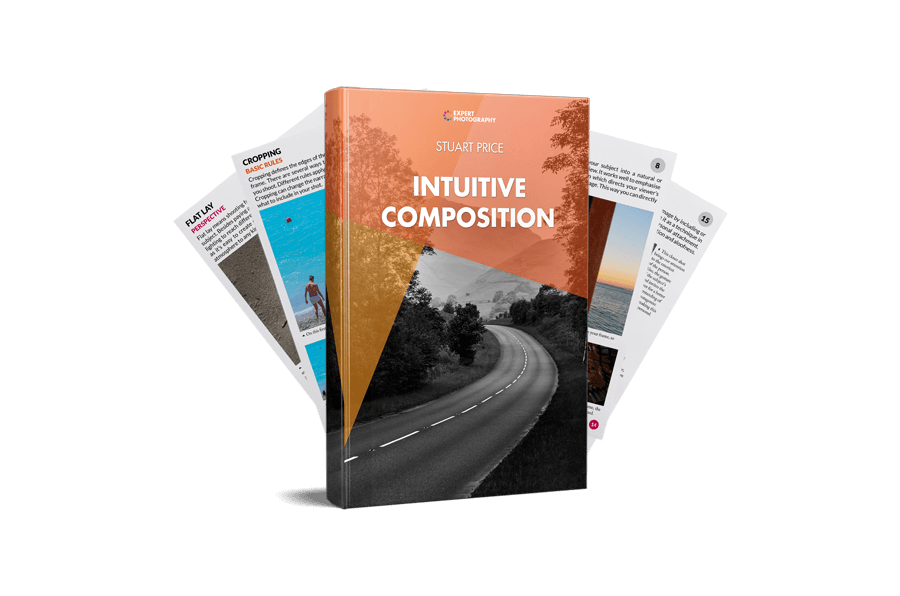
What Is the Decisive Moment in Photography?
A few years into my career as a wedding and lifestyle photographer, a fellow photographer and good friend gave me some constructive criticism. She said I seemed to “miss the moment” in my images.
Constructive criticism is great, but it always takes you by surprise. My gut reaction was to get defensive and justify my actions, but I held back. Instead, I took her feedback and tried to figure out exactly what moment she was talking about.
The decisive moment was made popular by the famous street photographer Henri Cartier-Bresson. According to him, it refers to capturing an event that is ephemeral and spontaneous.
The image represents the essence of the event itself. Bresson talked a lot about this concept. He said that the time between observing, composing, and shooting must occur with foresight and instinct.
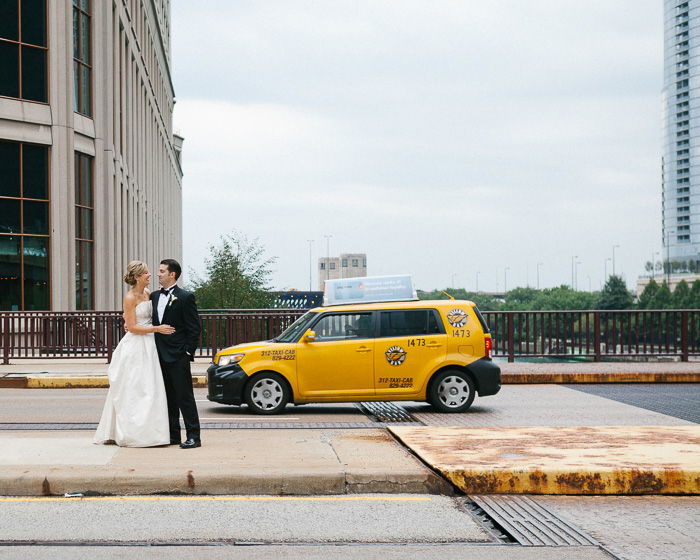
1. Know Your Subjects to Predict Their Behavior
You need to observe and understand the subject to know its behavior and patterns. The more you understand, the better you will become at predicting said behavior.
As photographers, we have an incredible opportunity to document life, whether it’s of people or landscapes. The details are what complete the story. Don't just focus on taking the shot, focus on the context and everything within the frame. When you take the shot, it will be much more meaningful and special.
The more you practice this, the better you will predict what comes next in any given situation.
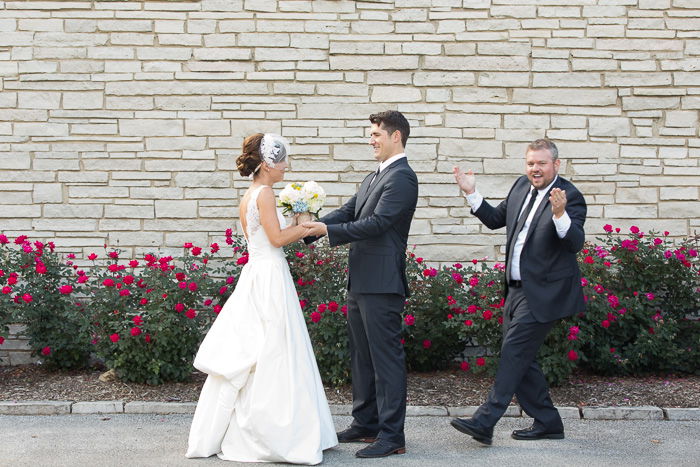
2. How to Develop Photographing Intuition
There is definitely a lot of instinct involved in photography. Most of us believe in intuition. It’s that internal voice, sense, or gut feeling that tells us something’s about to happen, whether in life or photography.
Sometimes, when you see something, you just know what's going to happen next. There is no scientific way to explain it, it is just there. Develop this sense and use it to your advantage.
Take it a step further by documenting the number of times intuition has worked in your favor and when it has not. The more you photograph and observe people or animals in many different situations, the easier it becomes.

Where to Look for the Decisive Moment
1. Emotional Moments
As a wedding photographer, a lot of what I photograph on the wedding day is full of emotion. Many of my clients come to me because they want a mix of posed family photos and candid moments.
Having worked at many weddings, I know and recognize when those priceless moments are about to take place. And I make sure I am around with my camera to document them.
If you are new to a genre of photography full of emotional moments like wedding or family photos, ask your clients for special relationships or moments that they want you to document.
I have a questionnaire for my wedding clients. I ask them questions like family dynamics, special circumstances, and relationships that they want me to photograph. This level of detail ensures that I know what I am looking for in those candid moments.
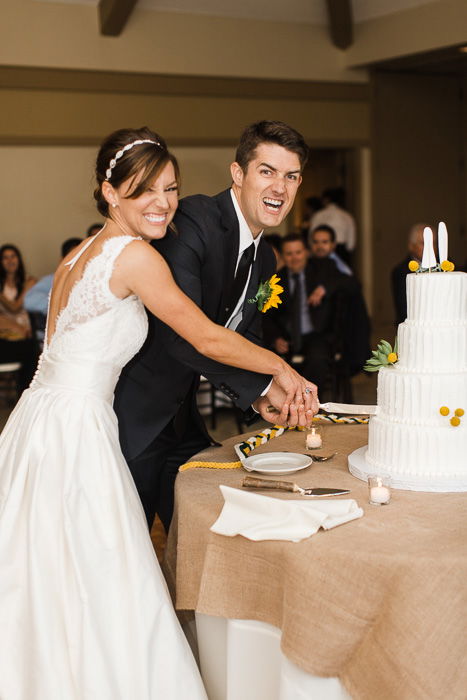
2. Everyday Life Details
Life is happening all around you all the time. This could be people interacting with each other, people interacting with nature, or nature putting on a grand show during sunrise or sunset.
But don't wait for some preconceived notion of the perfect moment to take your camera out and take a photo. This is particularly true when dealing with street photography or travel photography. At the same time, don't see the world simply through your viewfinder.
Observe the scene, anticipate the shot, and be ready to take it. Train your mind to block out all other distractions. This will also help you really “see” what is happening around you.
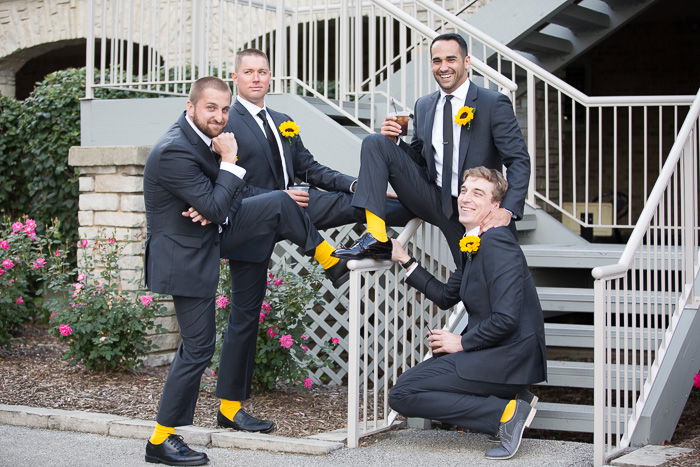
3. Capture Motion in Your Images
The decisive moment is key when you are trying to capture movement in your images. You need to see what's happening, anticipate the next series of events, and capture the movement effectively.
Even if you use the technical functions of your camera, like focus tracking, you need to understand what's coming next.
Sometimes, you might use a fast shutter speed to capture the movement and freeze the moment. Other times, you might use a slow shutter speed to create motion blur.
No matter what tools you use, the key here is to know what you want and choose the correct settings.
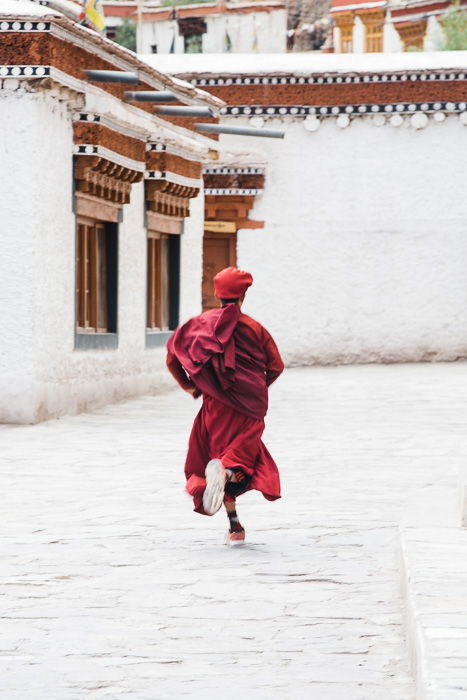
How Broken Patterns Can Help You Recognize the Decisive Moment
One of the critical aspects of decisive moment photography is training your eye to see, dissect, and analyze what is happening in front of you. Start observing patterns, colors, and subject matter. Then, start looking at things that disrupt them.
Not every scene needs to be documented. Sometimes, it is okay to observe, recognize the decisive moment, and just move on.
One tip that might be useful is to use burst mode while capturing the scene. I am not usually a fan of the “spray and pray” method of taking many shots and hoping one will work out. But I think this is a great way to learn how to recognize that decisive moment in your images.
Take a series of images, look at them, analyze each frame, and find which one works best. Then, look at the frame before and after to see why you chose the one that you did. This exercise is a great way to learn when the decisive moment is about to happen and when it has passed.
Conclusion: Decisive Moment in Photography
Photography is subjective, as is the decisive moment. What one person might consider as missing the moment might be a very creative form of expression for someone else.
Capturing the decisive moment every time is almost impossible. But with practice, you can develop your intuition to get better at it.





